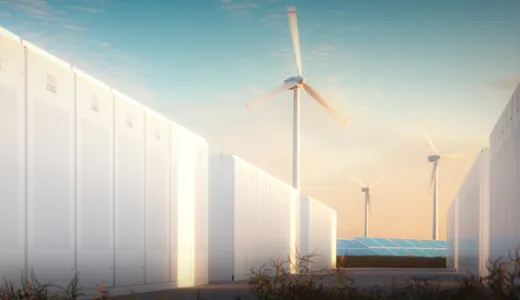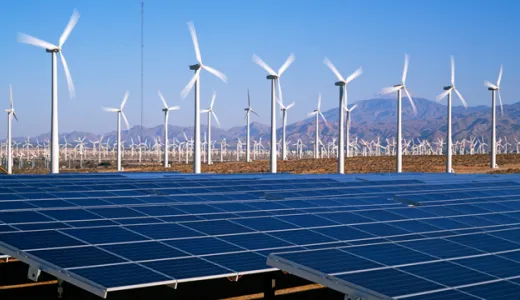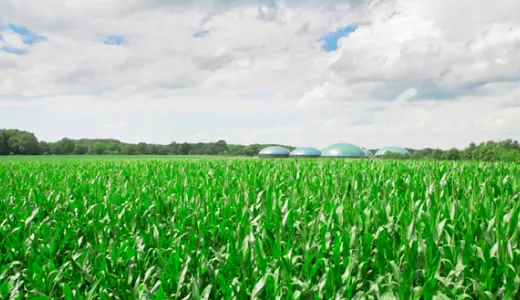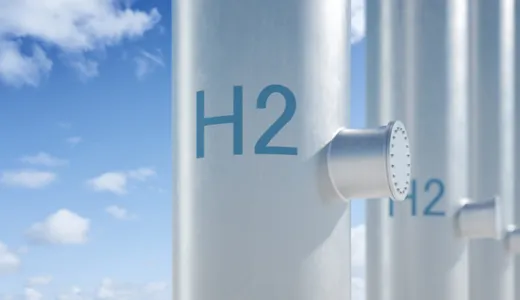What is renewable natural gas (RNG)?
Renewable Natural Gas (RNG) is a form of renewable energy that's already being used all over the world to heat homes and also decarbonise the transportation sector.
RNG projects offset geological natural gas use and can divert methane produced by waste from entering the atmosphere, resulting in meaningful carbon emission reductions. This means it plays an important role in the transition to cleaner, greener sources of energy as we move towards a net zero future.
How is RNG produced?
According to the United States Environmental Protection Agency (EPA), RNG – also known as biomethane – is a term used to describe biogas that has been upgraded for use in place of conventional natural gas.
The biogas used to produce RNG can come from various sources, including livestock farms, municipal solid waste landfills, wastewater treatment plants and waste products from food production.
There are two main methods for making RNG:
- anaerobic digestion, where organic matter is broken down in an oxygen-free environment to produce biogas
- thermal gasification, where the biomass is broken down into a combustible gas in a reactor called a gasifier.
To upgrade biogas to RNG, the methane content is increased by removing water vapour, carbon dioxide, hydrogen sulphide and other impurities. This biomethane product can then be injected into pipelines and used as a substitute for natural gas.
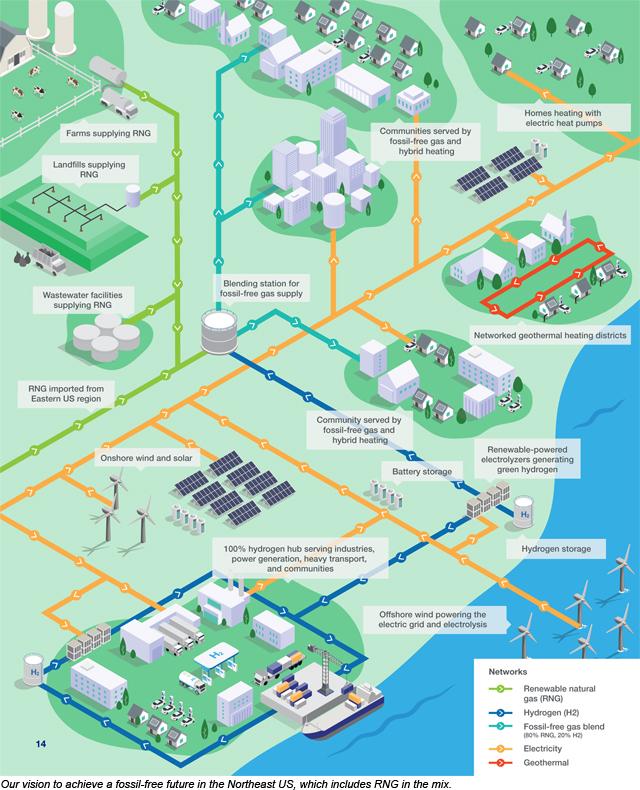
How is RNG used?
Currently, RNG is being used for heating, cooking and fuel alternatives. It has the capacity to be used locally at the site where it’s developed, or it can be injected into natural gas transmission or distribution pipelines.1 This means there’s no need to upgrade or change the existing infrastructure.
In addition, RNG can be accessed during local power outages to provide dependable and sustainable energy.2
How can RNG help tackle global warming?
The climate impacts of waste play a large part in global warming. Globally, waste is one of the top sources of methane emissions after wetlands, agriculture and energy.3
RNG allows for the methane produced by waste to be turned into a clean source of energy. It helps to reduce methane emissions by capturing this methane and repurposing it. When methane is burned, rather than being released directly into the atmosphere, it’s converted into water and carbon dioxide (CO2) – a greenhouse gas (GHG) with a much lower global warming potential than methane itself.
The United States EPA explains that methane is 25 times as potent as CO2 at trapping heat in the atmosphere. Due to this, RNG has the potential to be not just carbon neutral but carbon negative due to those ‘avoided emissions’.4
What are the benefits of RNG?
1. Reducing greenhouse gas emissions
As mentioned above, RNG can help to reduce the greenhouse gas emissions that would ordinarily be produced from waste. It can also help to reduce the need for natural gas - a fossil fuel that accounts for much of the carbon emissions produced across the world - as it can be used in place of natural gas for essential, everyday purposes like heating and cooking.
2. Creating more green jobs
Existing and upcoming RNG projects create green jobs and boost local economies. In 2021, the US Coalition for Renewable Natural Gas estimated that RNG could contribute 22,600 jobs and $2.68B in gross domestic product. Every additional 100 RNG facilities create an average of 4,550 operations jobs and 10,634 construction jobs.5
3. Boosting fuel diversity
Fuel diversity is having a choice of different fuel sources to provide power. For example, if the wind isn’t blowing to create wind power and the sun isn’t shining to create solar power, RNG provides another clean energy resource that can potentially be used to power homes and businesses.
This aids the reliability and resilience of electricity supplies, as well as helping to reduce the need for fossil fuels in energy production.

The Newtown Creek RNG project
There are currently over 300 operational RNG facilities in North America (US and Canada)6 and over 80 biomethane plants connected to the grid in the UK7.
At National Grid, we've completed our Newtown Creek Renewable Energy project, which turns wastewater and food waste into RNG to heat homes and businesses.
In collaboration with the New York City Department of Environmental Protection (DEP), the project has the capacity to heat nearly 5,200 homes and reduce annual GHG emissions by over 90,000 metric tons.
Last updated: 18 Jan 2024
The information in this article is intended as a factual explainer and does not necessarily reflect National Grid's strategic direction or current business activities.
Sources
1 Renewable Natural Gas | US EPA
3 Methane and climate change – Methane Tracker 2021 – Analysis - IEA
4 Renewable natural gas could help slow climate change, but by how much? | CBC News
5 RNG Jobs Study (squarespace.com)
6 Renewable Natural Gas Projects & Policy | RNG Coalition
7 Green Gas - Green Gas Certification Scheme
